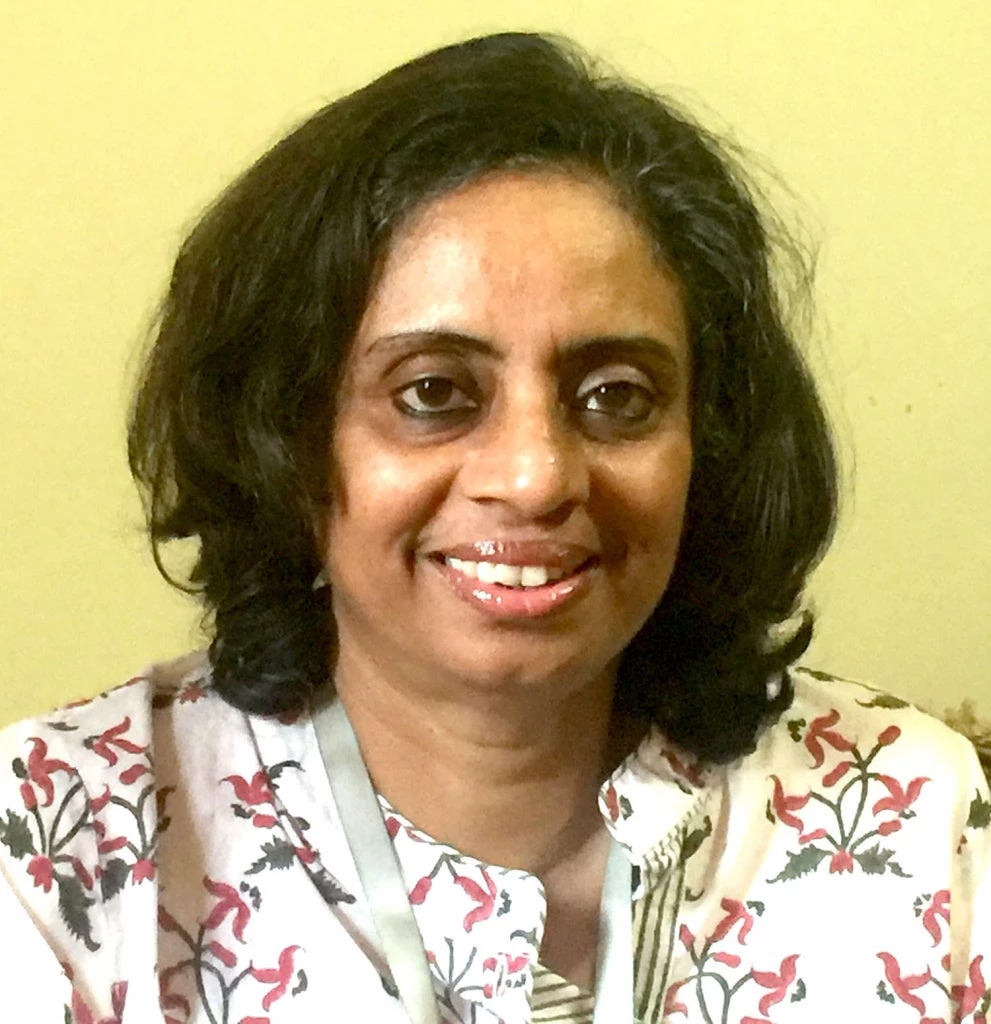 African students studying in 2020 | Photo: Shutterstock
African students studying in 2020 | Photo: Shutterstock
On the African continent, top universities are struggling to connect in ways that many European and American secondary schools take for granted. Africa’s higher education institutions often get bandwidth in the range of 100-1000 Mbps (megabits per second), while U.S. high schools have a recommended target of 3 Gpbs (Gigabits per second) per 1000 students. I found this comparative data from recent years astonishing while working on the report: Connecting Africa’s Universities to Affordable High-Speed Broadband Internet: What will it take?
African countries have made progress in connecting universities over the last decade. South Africa and countries in North Africa have already ensured universal coverage. Kenya, another leader in connectivity, has increased the number of connected campuses to 270, a sharp rise from 140 in 2013 and 55 in 2009. But many African universities have not succeeded in establishing even basic connectivity to small campuses.
In 2020, due to the COVID-19 pandemic-driven school closures, Africa’s youth lost access to education, opportunity, and livelihoods because technology became essential for study and work – and too many were left behind. Most public university students in Sub-Saharan universities, about 7 million young people, could not access meaningful education for several months in 2020.
The digital divide has never been so obvious as it is right now.
Connecting Africa’s universities to affordable, high-speed broadband internet is a primary goal of the Digital Economy for Africa (#DE4A) initiative, which aims to assure that all African individuals, businesses and governments are digitally enabled by 2030. African universities need broadband to expand coverage, improve the quality of higher education, and foster research and development.
High quality research, which is essential for finding solutions to Africa’s most pressing development challenges, requires linking African researchers with their peers worldwide and encouraging cross continental collaboration. Connecting Africa’s universities will have spillover effects on the broader education system. With political will, connecting these institutions could be a cornerstone of Africa’s broader Digital Transformation Strategy.
Boosting National Research and Education Networks (NRENS)
Universities are among the most critical institutions for building bridges between academia and policy makers, providing opportunities for African researchers, educators, and students to collaborate locally and compete internationally. National Research and Education Networks (NRENs) enable universities and the research community to expand a dedicated network, and many countries have prioritized NRENs to boost the connectivity of universities.
The good news is that there has been a rapid increase in NRENs across Africa, many supported by the World Bank. NRENs are becoming more robust in Northern, Eastern and Southern Africa, while in Central and Western Africa they still need to pick up speed. Our recent report shows that strengthening and establishing new NRENs will continue to be indispensable in providing sustainable and affordable access to broadband connectivity in universities and beyond. NRENs will play a critical role in the development of advanced research infrastructure.
Decentralized learning platforms stemming from NREN have been educational lifelines during the pandemic. The Kenya Education Network (KENET), for example, enabled teaching, research, and community service online as brick and mortar education collapsed. The Kenya Transparency and Communications Infrastructure Project (KTCIP) funded by the World Bank from 2007 to 2013, supported the Kenya Education Network (KENET) which is ranked among the top five along with South African, Egyptian, Zambian and Ugandan NRENs. KENET provides services such as web hosting, co-location of servers for disaster recovery, virtual servers, virtual labs, research cloud, cloud-based web, and videoconferencing. The case of KENET shows that these education networks can grow faster in countries with a liberalized telecommunications sector, benefiting from competitive leased line pricing and access to fiber operators.
High Prices and Low Connectivity in West Africa
Even with the steep drop in broadband prices, affordability remains a huge obstacle. Although the first submarine cables reached the Western coast of Africa as early as 2002, prices for internet are still among the highest in the world.
Our report found that in West African countries, the cost to the consumer is often related to the “first mile” of connectivity. Monopoly control over the international gateway and the cable landing stations increases the price of internet right at the point of entry. Distribution prices are also high. NRENs are sorely needed in these countries; some have recently been established but don’t yet have the capacity of Eastern, Southern and Northern Africa.
Initiatives in West Africa to counter these trends have begun. In Senegal, the government has taken the lead to provide connectivity to higher education. All universities have been equipped with a fiber-optic network directly linked to the government’s ICT agency. The fiber was donated, and the national network of universities is managed by the government. As a result of this increased connectivity, the Senegal Virtual University has been launched. A laptop has been provided to every student in higher education, partly paid for by the state with the rest paid by the student over a 12-month period.
The past year has starkly revealed the urgency of giving students across Africa the opportunity to stay connected. Countries that embark on the process to provide better and faster broadband will be able to improve their education systems, as well as the opportunities, livelihoods, and well-being of their young people.
Related:
Digital Development at the World Bank
Digital Development Partnership


Join the Conversation